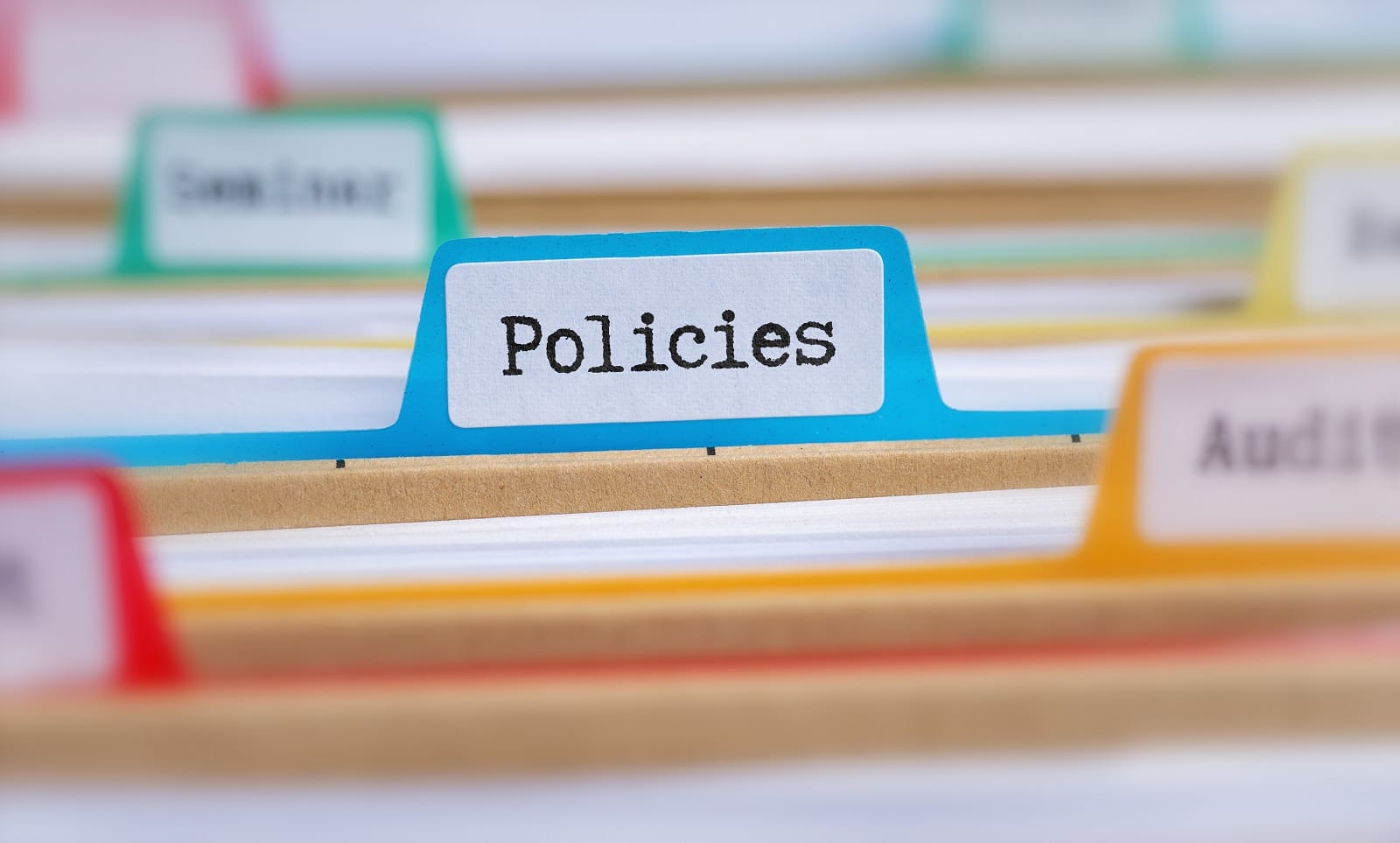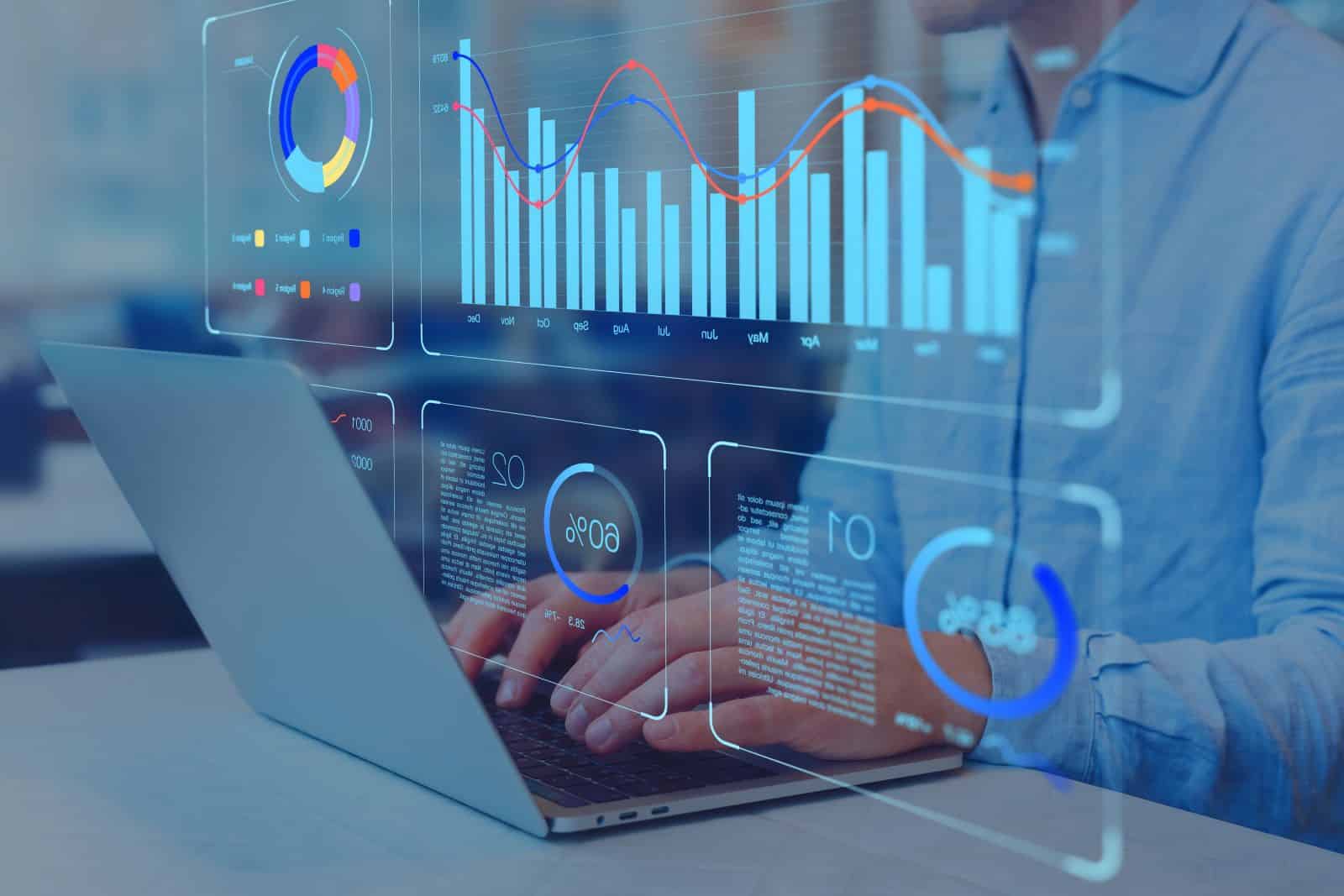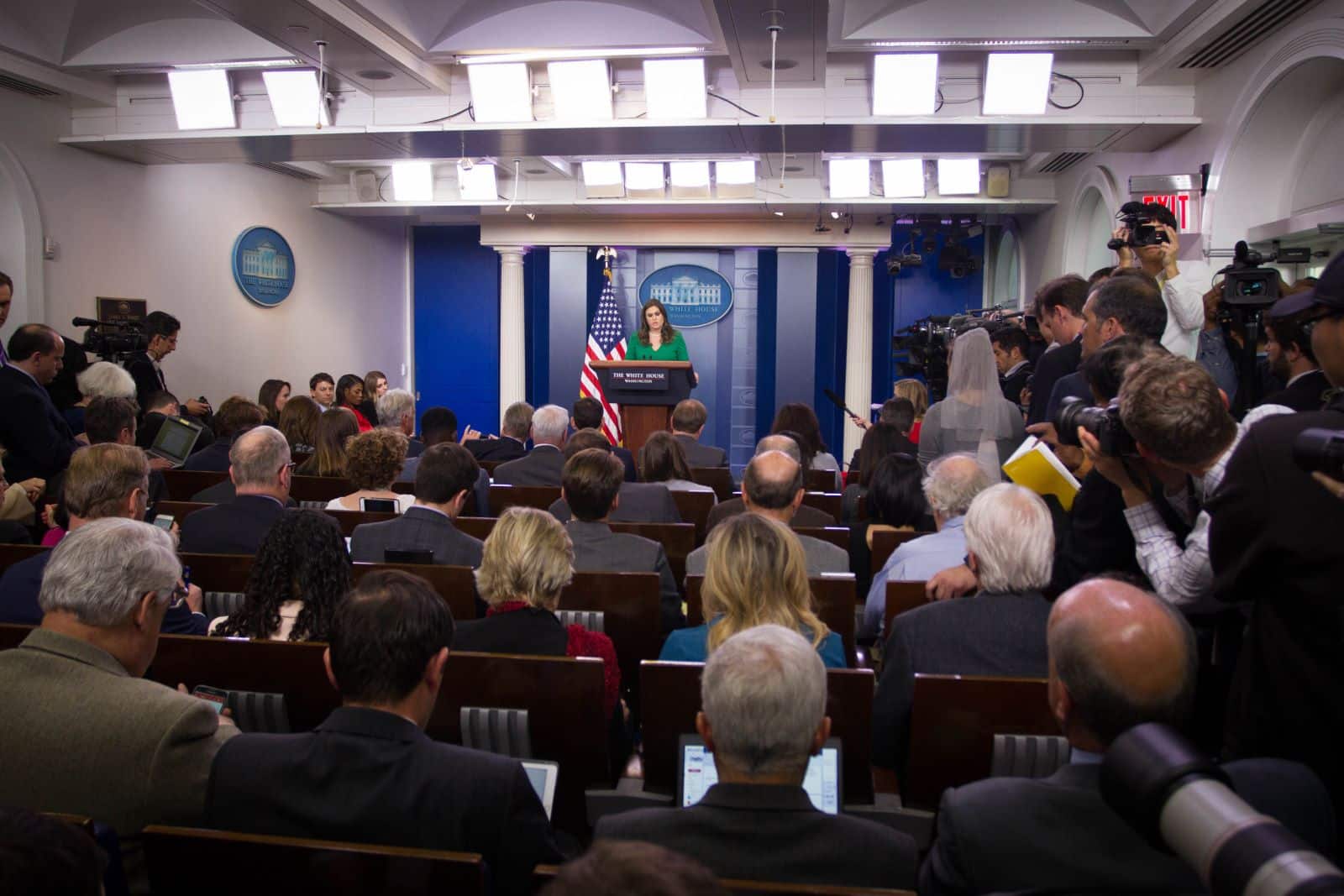In an effort to make the adoption of AI fairer for workers, the Biden administration has released a set of “Principles for Developers and Employers” that safeguards employees’ rights and allows them to benefit from the new technology.
Biden’s Executive Order

In October, the Biden administration released a new executive order “on the Safe, Secure, and Trustworthy Development and Use of Artificial Intelligence.” Months later, the order has borne fruit in the form of a detailed set of guidelines that the administration expects companies to follow when implementing and creating new AI systems.
Unpacking Americans’ AI Anxiety

Worries over AI have permeated America’s collective consciousness since they began gaining popularity.
Navigating the AI Revolution

According to a recent YouGov poll, 36% of Americans are worried that AI will take over their jobs in the next few years, with 43% concerned that AI will cause the availability of jobs in their industry to decline.
Friend or Foe of Jobs?

AI is still a fairly new technology, and businesses are still figuring out how it fits into their companies.
AI’s Impact

It’s useful for repetitive tasks and helps speed up workflow in certain industries. In some industries, AI is creating jobs, particularly in AI development, deployment, and oversight.
Balancing Act

But there are risks if AI reduces workers’ control over their work or lowers their job quality. There are also unknown variables—could AI show bias to some employees over others? And what if it undermines workers’ rights?
Biden’s Blueprint for Responsible AI

That worry is part of the reasoning behind the Biden administration’s new guidelines, which are meant to guide developers and employers so that they use AI responsibly while securing worker’s rights and minimizing the risk that AI poses.
Putting Workers First

As Acting Secretary of Labour Julie Su explained, “Workers must be at the heart of our nation’s approach to AI technology development and use.”
Union Power in the Age of AI

Unions and employers have already started to negotiate agreements to set protections around the use of AI in the workplace.
Labor Department’s AI Guidelines

That’s where the Department of Labor’s newly released documentation comes in – a guide called “Artificial Intelligence and Worker Well-being: Principles for Developers and Employers.” They asked workers, experts, and bosses for their opinions and made the guidelines based on what they heard.
AI for All

The principles cover everything from how AI is made to how it’s used on the job. They aren’t just for big companies – everyone, from factories to offices, is expected to adopt them.
Flexible Principles for AI Adoption

Notably, these principles are flexible and supposed to be a framework for businesses to follow and adapt to suit their needs alongside input from their workers.
Empowering Workers with AI

The key principles are: 1. Centering Worker Empowerment: Workers, especially from underserved communities, should be involved in the design, development, testing, training, use, and oversight of AI systems in the workplace. 2. Ethically Developing AI: AI systems should be created and trained in ways that protect workers.
Transparency is Key

Also, 3. Establishing AI Governance and Human Oversight: Clear governance, procedures, human oversight, and evaluation processes should be in place for AI systems used in the workplace. and 4. Ensuring Transparency in AI Use: Employers should be transparent with workers and job seekers about the AI systems in use.
Protecting Labor Rights in the AI Era

5. Protecting Labor and Employment Rights: AI systems should not violate or undermine workers’ rights to organize, health and safety, wage and hour rights, and anti-discrimination and anti-retaliation protections.
AI’s Role in Improving Job Quality

6. Using AI to Enable Workers: AI systems should assist and enable workers, improving job quality.
Supporting Workers Through AI Transitions

7. Supporting Workers Impacted by AI: Employers should support and help workers transition through job changes caused by AI.
Data Ethics in the AI Age

8. Ensuring Responsible Use of Worker Data: Data collected and used by AI systems should be limited in scope, used only for legitimate business purposes, and handled responsibly.
White House’s Worker-Centric AI Vision

The White House is optimistic that these guidelines will pave the road for a worker-focused use of AI.
Towards a People-Centered AI Future

In a press conference, Julie Su stated, “These principles announced today reflect the Biden-Harris administration’s belief that, in addition to complying with existing laws, artificial intelligence should also enhance the quality of work and life for all workers. As employers and developers implement these principles, we are determined to create a future where technology serves the needs of people above all.”
Remote No More: 19 Companies Returning to the Office

As the pandemic wanes, companies are recalling remote workers back to the office, sparking debates on fairness, costs, and convenience. However, there are also notable productivity, coworking, and mental health benefits to consider. Feeling the effects of these changes? Remote No More: 19 Companies Returning to the Office
8 Costco Must Buys and 8 to Leave Behind

Ever wandered Costco’s aisles, questioning if that giant jar of pickles is a real bargain? Or debated buying tires where you get your rotisserie chicken? Welcome to the definitive guide to Costco shopping—a journey to save money, prevent regrets, and offer quirky insights into bulk buying. 8 Costco Must Buys and 8 to Leave Behind
23 Reasons Texas Is the Next Big Thing

Texas is becoming a beacon of opportunity, blending cultural heritage with economic growth. From its landscapes to its industries, the Lone Star State offers a dynamic lifestyle. Here are 23 reasons why Texas stands out, attracting entrepreneurs, artists, tech professionals, and families seeking new beginnings. 23 Reasons Texas Is the Next Big Thing
15 Top Sites to Sell Your Unwanted Goods Besides Craigslist

Selling your unwanted items can declutter your space and boost your income. While Craigslist is popular, there are many alternatives with unique features and wider audiences. Explore these 15 Craigslist alternatives for selling everything from furniture to electronics, finding the perfect platform to turn clutter into cash. 15 Top Sites to Sell Your Unwanted Goods Besides Craigslist
Work from Anywhere: 19 Companies Still Supporting Remote Work

Tired of commuting and craving work flexibility? You’re not alone. Many companies now offer remote work, benefiting both employees and employers. Ever wondered how this shift could enhance your work-life balance? Work from Anywhere: 19 Companies Still Supporting Remote Work
The post New AI Guidelines Under Biden Aim for Greater Worker Equity first appeared on Liberty & Wealth.
Featured Image Credit: Shutterstock / OogImages.
The content of this article is for informational purposes only and does not constitute or replace professional financial advice.

